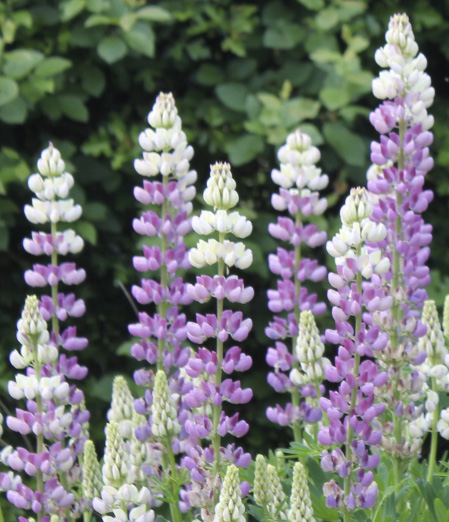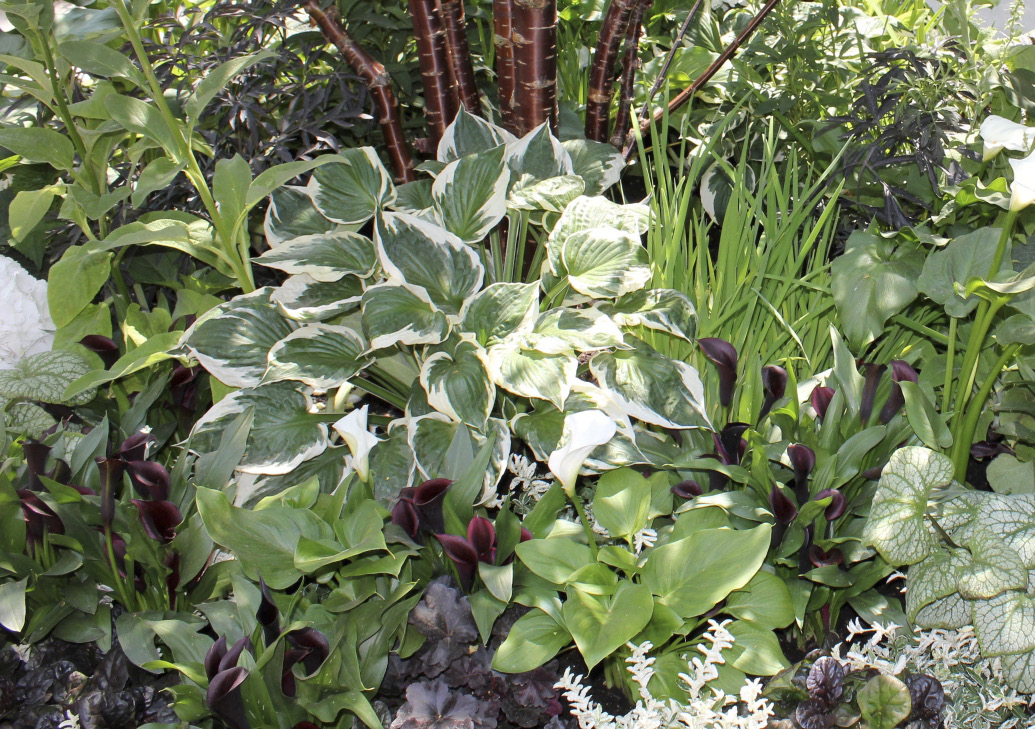We’ve known for years that health, happiness and horticulture are linked; it’s easy to see how our mood improves when we interact with plants, get exercise and feel the warmth of the sun on our backs. It’s now being proven, however, that gardening is not just good for us, it could be absolutely vital to our health and well-being. Humans have interacted with the land since the beginning of time and increasingly science is showing that the connection goes down deep – deep at a cellular level into the soil and into our psyches.
Digging for health
Among all the dirty low-living soil bacteria there are some good, health-inducing microbes; one of these, called Mycobacteria vaccae causes us to produce the brain chemical serotonin. It’s a lack of serotonin in the brain that’s thought to cause depression and may even affect our immune systems. We inhale this good bacteria when we come into contact with the soil – digging and planting, eating home-grown produce and, according to the research, even just being in the garden will expose us to this ‘happy-making’ microbe. There’s been evidence for a while that early childhood exposure to bacteria protects against allergies and asthma in adulthood. This is called the ‘hygiene hypothesis,’ in other words, dirt is good for you.
Harvesting happiness – the simple action of picking fruit and harvesting vegetables releases a flush of dopamine, the brain chemical that makes us feel rewarded and momentarily happy. The connection has evolved from the time when we were all hunter-gatherers foraging for food. Unfortunately it’s been found that these days the same chemical is released when we go shopping or indulge in other addictive behaviours (apparently the same thing happens when we play games like ‘Candy Crush’).
Staying grounded – There’s a theory that modern lifestyles lead our bodies to build up positive electrons from electrical energy, electromagnetic frequencies and WI-FI. The earth apparently acts as a ground, just as it does for electrical outlets, reducing inflammatory positive charges. A book called Earthing states that it is this build-up and lack of contact with the earth that leads to inflammation and disease. When we touch the earth we are ‘grounding’ ourselves and removing this extra charge.
Healing gardens
Gardening (now also known as horticultural therapy) is increasingly being used for rehabilitation – in hospitals, prisons, nursing and retirement homes. Activities range from sitting and enjoying the benefits of being in an outdoor space, to active horticultural programmes. The latter are important in giving people a feeling of control and purpose, whether that’s for specifically producing food, or more generally benefitting wildlife and the local environment. Access to nature lowers blood pressure, reduces stress and increases absorption of Vitamin D. It also helps to rebalance circadian rhythms, promote healthy sleep patterns and general feelings of wellbeing. Healing gardens have been found to be just as beneficial for the staff as the residents.
Make a haven for the senses
We’re biologically conditioned to seek out the places and the plants that make us feel good. How our senses are affected depends on many things:
Sight – Think about where to place your plants for the effects of light and where certain plants are seen at their best. Grasses look wonderful when backlit by the soft light of an autumn afternoon. Low winter light enhances the brightly coloured stems of dogwoods and the stark tracery of branches. In the summer, watch how the light floats through a plant’s leaves, makes the translucent petals of a poppy glow or the raindrops sparkle on the pleated leaves of Alchemilla mollis.
Touch – It’s hard not to bend down and touch some plants; some of us can’t resist running our fingers through the silky strands of grasses like Stipa tenuissima or touching the squeaky cabbage leaves of succulents and plants like Sedum spectabile. There was once a dear little boy who would go into the garden every evening and pick a velvety soft Stachys, or ‘Lamb’s Ears’ leaf to take up to bed with him, much preferring it to a teddy bear.
Sound – Howling storms and creaking branches are unnerving and the stuff of horror films and nightmares, but a soft breeze rustling leaves on the trees and swishing grasses in the borders is relaxing, and makes a sort of soothing ‘white’ noise in the background.
Scent – Cells in our noses are connected to the limbic system – which, in evolutionary terms, is one of the oldest parts of the brain, governing emotions, behaviour and memory. Many of us respond to the scent of tomato plants or new-mown grass, as these smells take us back to summertimes in our childhood. Other plants will have effects too. Studies have shown that the scent of lavender makes us happier, a rose’s perfume lowers blood pressure, eucalyptus makes us more alert and, best of all, smelling flowers before bedtime will lead to happy dreams…
TEST
We’re biologically conditioned to seek out the places and the plants that make us feel good
- words: Jo Arnell
You may also like
Go with the Flow
Sue Whigham shares some valuable new-to-gardening advice I’m sure that by now we should be used to the rain but I’m not entirely sure that we are. We had a dry, sunny day the other day and how everybody’s mood...
Farm Fables
Jane Howard gets to the bottom of why so many ponds have disappeared across the High Weald I have a new passion, almost an obsession, it’s about ponds. And there’s a distinct possibility I might become a bit of a...
Hedge Issues
Sue Whigham takes a meander along nature’s verdant and vital corridors Recently the BBC’s Today programme carried a feature about England’s hedgerows which created a lot of interest among listeners. On the strength of that, Martha Kearney interviewed one of...












